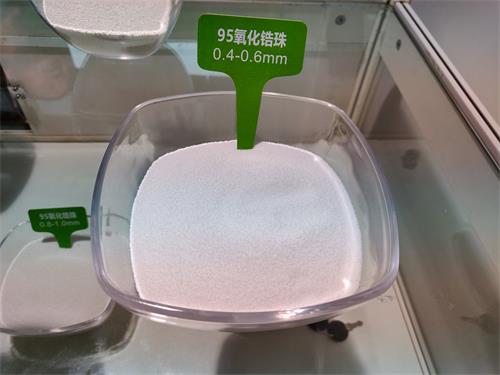

- 2020-12-07 15:44-
1.The influence of the hardness and density of the grinding media
The density and hardness of the grinding media play an important role in the grinding efficiency: the greater the density of the media, the higher the grinding efficiency; the higher the hardness, the lower the abrasion, the easier the purity of the product can be guaranteed; but under the condition of certain slurry specific gravity and viscosity , The density and hardness of the grinding media are not as high as possible.
Too high-density grinding media will cause uneven distribution of grinding media in the barrel, and the greater the density difference, the more unreasonable the distribution, and the greater the probability of grinding media being squeezed between each other. A large hardness must have poor toughness and poor impact resistance. When the grinding medium impacts (collides) the material to be ground at a high speed, it is also easy to cause its own crushing, which increases the possibility of itself and other grinding media being crushed.
2.The influence of the shape and size of the grinding media on the crushing effect
The size of the grinding media ball directly affects the grinding effect and the fineness of the product. It determines the number of contact points between the grinding media and the material. The more the contact points of the grinding media ball with the smaller particle size are under the same volume, the theoretically the greater the grinding efficiency. high.
In the industry, irregular media tend to be subject to greater self-wear, which can cause obvious pollution. Therefore, spherical media are mostly used in practical applications, cylindrical media are also used, and irregular media are rarely used. The size of the medium particle size depends on the particle size of the material and the required product size. The finer the particle size of the product, the smaller the particle size of the medium. If the feed size is relatively large and the grinding medium is required to have a greater impact and crushing effect, then the ball should be larger.

Previous:Previous:How Much Do You Know About Wear-Resistant Ceramic Coatings? Next: Next:The Crystal Structure, Properties of Zirconia and Its Role in Refractory Materials